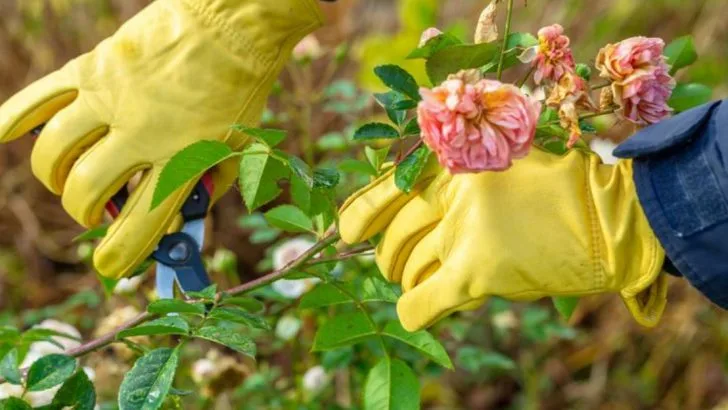One wrong snip in early summer, and your fall garden could be toast. It’s tempting—those shears in your hand, that unruly shrub begging for a trim. But not all plants forgive a bad haircut. And some take their revenge by skipping blooms entirely come autumn. Cut back your hydrangeas? Say goodbye to flowers. Tidy up your asters? Don’t expect a show. And if you touch your fall-blooming camellias now? They’ll ghost you till next year. These 13 pruning mistakes are heartbreak in the making—quiet, sneaky, and surprisingly easy to make. But don’t worry. There’s a smarter way. Learn what not to cut. Learn what needs a trim to shine later. And give your fall garden the encore it deserves. Because pruning isn’t just about neatness—it’s timing, trust, and knowing when to back away from the bush.
Over-Trimming Roses

Imagine eagerly trimming your roses, only to find them bare come autumn. Often, over-zealous pruning strips away potential blooms. Instead of cutting too much, focus on removing dead wood and old blooms. This encourages healthy growth without sacrificing fall flowers.
A seasoned gardener knows the importance of patience. By allowing roses to flourish naturally, without excessive interference, you promote longevity and resilience. Remember, roses appreciate subtle guidance, not drastic measures.
Roses have been adored through centuries for their beauty and symbolism, so treat them with the respect they deserve.
Ignoring Deadhead Maintenance
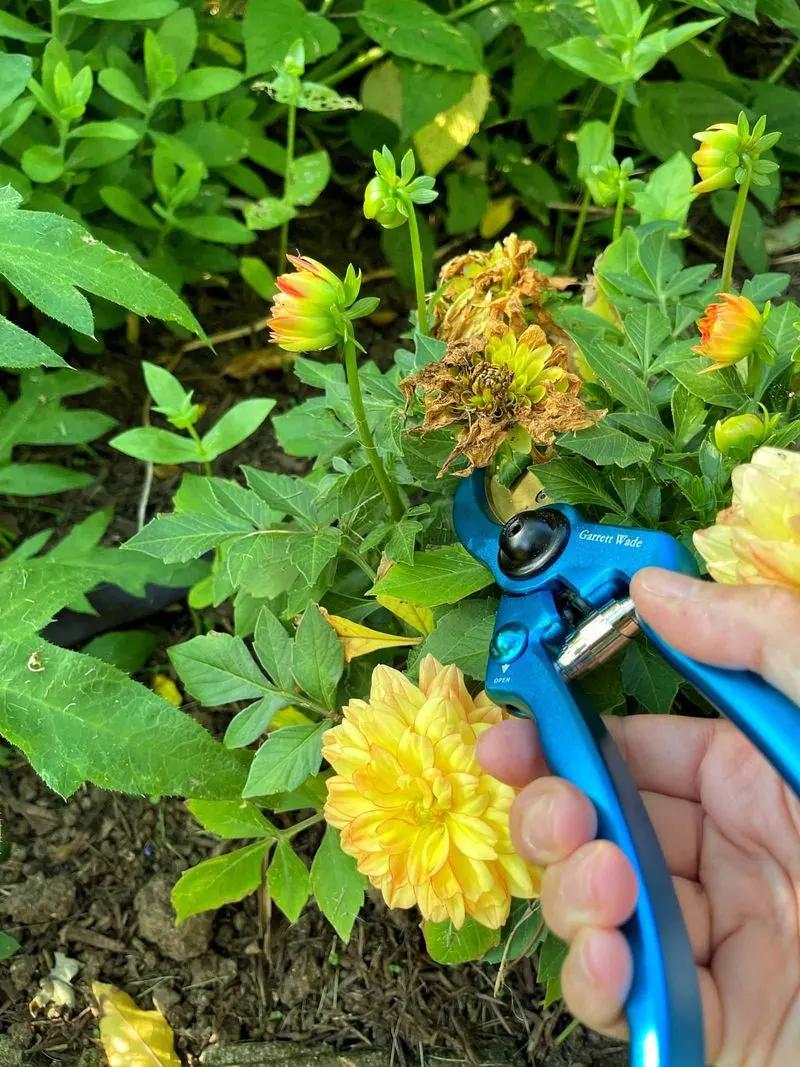
Skipping deadheading can transform a lively garden into a dull space. Deadheading, or removing spent blooms, encourages more flowers to grow. Focus on flowers like marigolds and zinnias.
While it seems tedious, the reward of prolonged blooming seasons is worth the effort. Envision your garden bursting with colors, thanks to regular maintenance.
It’s like giving plants a gentle nudge to keep thriving, much like maintaining a classic car for smooth performance. Each snip is a step toward more beautiful fall blooms.
Shearing Hydrangeas Too Early
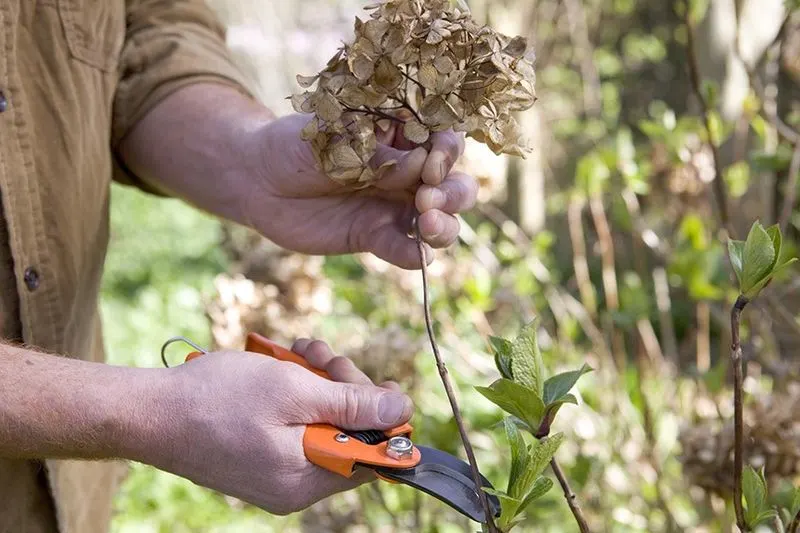
Snipping hydrangeas prematurely often results in fewer blooms. Instead of cutting them back entirely, focus on removing dead wood and damaged stems.
This prevents the loss of buds that later flourish into spectacular blooms. Consider that hydrangeas develop their buds in the previous year, so timing is crucial.
Gardeners who wait see the reward of patience—a colorful display that stands out in the fall. It’s a delicate balance of knowing when to cut and when to let nature take its course.
Excessive Trimming of Lilacs

Lilacs thrive when pruned right after they bloom in spring. Cutting them in early summer can lead to a dull autumn. To maintain their beauty, focus on removing only spent flowers and weak branches.
Imagine the delightful fragrance and visual impact of lilacs left to bloom naturally. Such pruning enhances their structural integrity, avoiding unnecessary stress on the plant.
Historically, lilacs symbolize renewal and confidence—qualities mirrored in their growth when treated with care. Enjoy their majestic presence without overzealous interventions.
Mismanagement of Clematis Vines
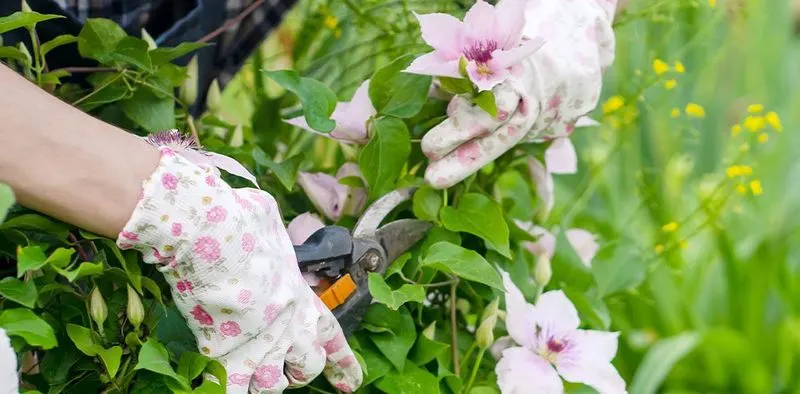
Clematis vines require specific attention to their pruning needs. Mistakes often result in diminished blooms. Remember, not all clematis are pruned the same way.
Focus on identifying the variety to apply the correct technique, whether it’s cutting back to the base or trimming selectively. This understanding prevents the loss of potential blooms.
Clematis, known for their climbing elegance, thrive under such tailored care, transforming gardens into enchanting spaces. Their diverse species need unique approaches to shine in fall.
Neglecting Perennial Divisions

Perennials need division to rejuvenate and flourish. Neglecting this can result in overcrowded, lackluster displays. Dividing should occur in early spring or fall, not summer.
Picture a garden with ample space for each plant to breathe and grow, achieved through mindful division. This process ensures nutrient access and promotes robust flowering.
Much like decluttering a home for better living, dividing perennials leads to a healthier garden. It’s a practice of renewal that lets your plants’ colors shine brightly in the autumn.
Incorrect Pruning of Spring-Flowering Shrubs
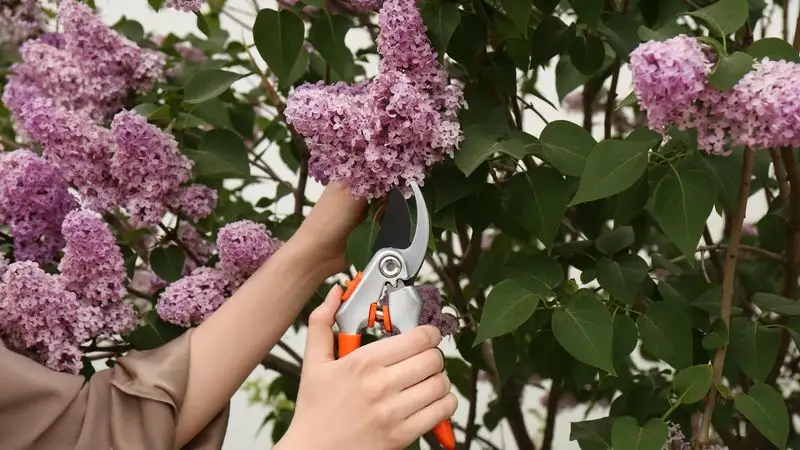
Pruning spring-flowering shrubs in summer can lead to a flowerless fall. The key is timing; they should be pruned right after flowering.
Consider the impact of understanding your plant’s life cycle—ensuring full blooms by knowing when to cut. This way, you maintain the shrub’s natural beauty.
It’s like reading the seasons’ rhythm, aligning with nature’s timing to enjoy a garden that speaks to all senses. Spring-flowering shrubs appreciate this harmony, rewarding you with vivid blossoms.
Over-Pruning Evergreen Trees
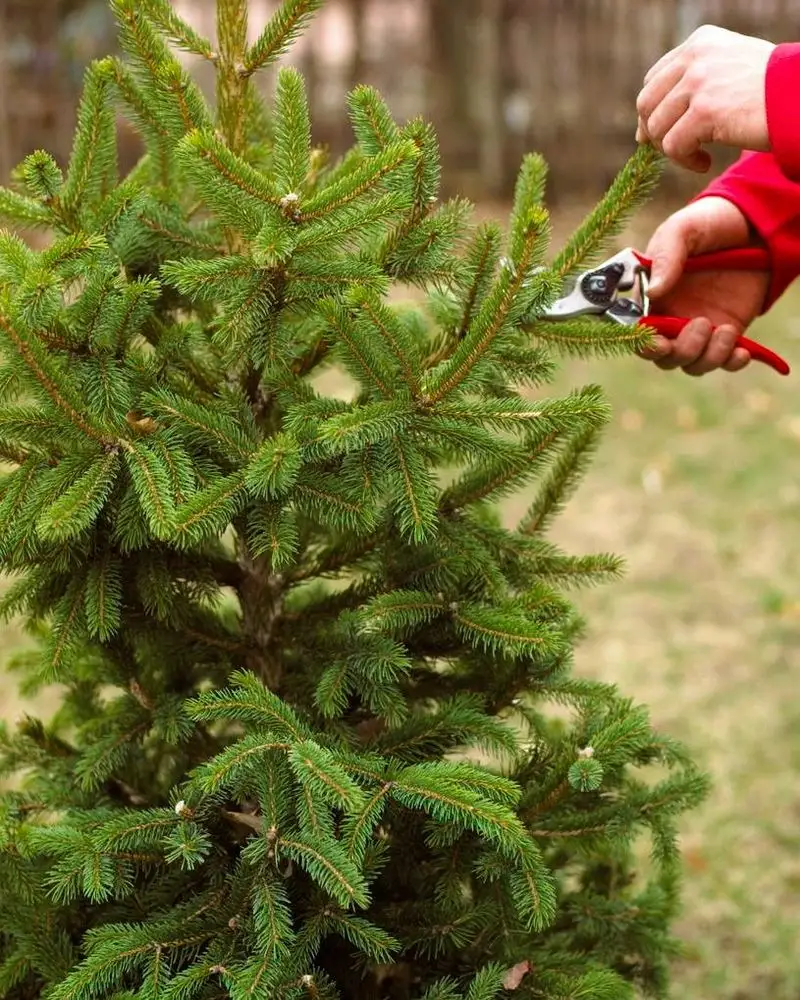
Evergreens provide year-round beauty, but over-pruning can weaken them. Focus on minimal, strategic cuts, removing only dead or damaged branches.
Imagine the tranquility of a lush evergreen, standing firm through seasons. This is achieved by treating them with deliberate care, avoiding drastic changes.
Evergreens symbolize endurance and resilience, qualities maintained through conservative pruning. Let their natural form inspire a year-long backdrop of greenery, enhancing your garden’s aesthetic.
Improper Trimming of Fruit Trees
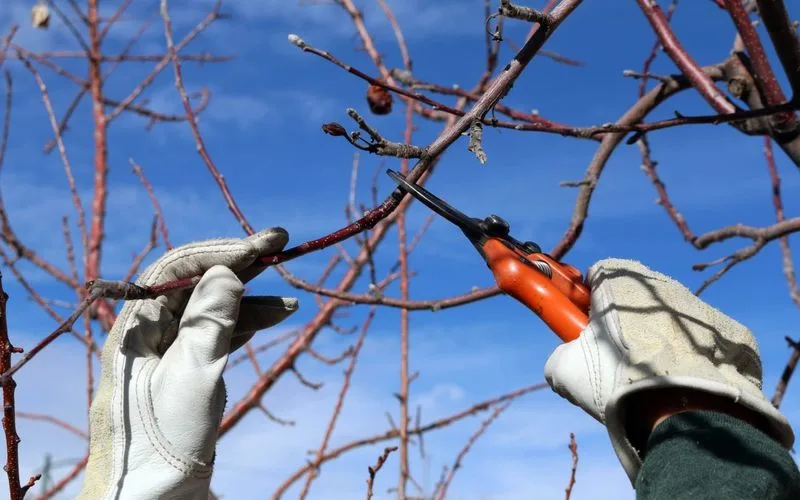
Fruit trees need careful pruning to yield healthy harvests. Improper trimming can lead to fewer fruits in the fall. Focus on shaping the tree and removing weak branches.
Consider a flourishing orchard, abundant with ripe fruit. This vision is realized through strategic pruning, allowing sunlight and air to reach all parts.
It’s akin to crafting a sculpture, where each cut defines the eventual masterpiece. Fruit trees flourish under such detailed attention, yielding bounties that celebrate the season.
Ignoring Ground Cover Management

Ground covers can quickly become unruly if left unmanaged. Regular trimming prevents them from overshadowing other plants. Focus on shaping and thinning, rather than aggressive cutting.
Imagine a garden where each layer complements the next, maintained through thoughtful management. Ground covers provide foundational beauty, supporting vibrant blooms above.
Management of ground covers is akin to guiding a tapestry’s design, where each element plays its part. This ensures a harmonious garden environment, rich in fall color and life.
Over-Zealous Cutting of Herbaceous Plants
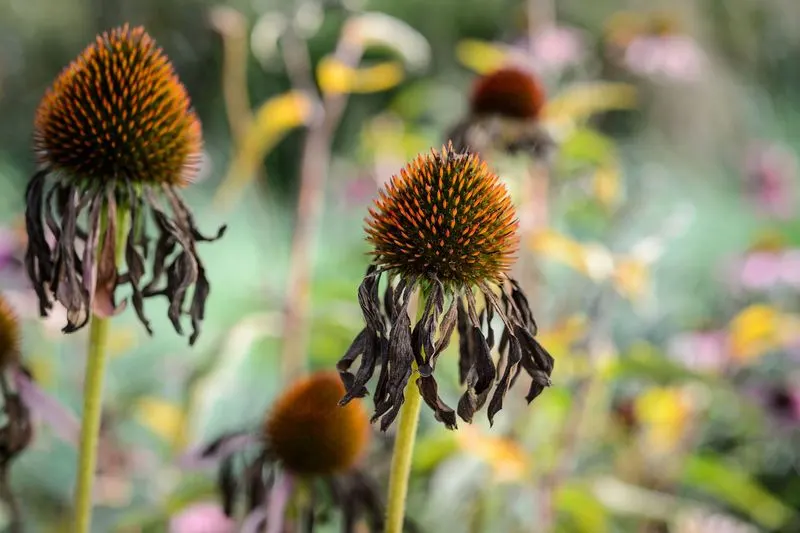
Herbaceous plants, soft-stemmed beauties, require gentle handling. Over-zealous cutting removes future blooms. Focus on deadheading and removing spent foliage.
Visualize a garden filled with lush textures, achieved by sparing cuts. These plants thrive under careful supervision, showcasing their seasonal vigor.
Herbaceous plants, with their diverse array, mirror a garden’s dynamic nature. Pruning them thoughtfully allows their unique character to shine through, bringing life to your autumn garden.
Misguided Cutting of Flowering Vines
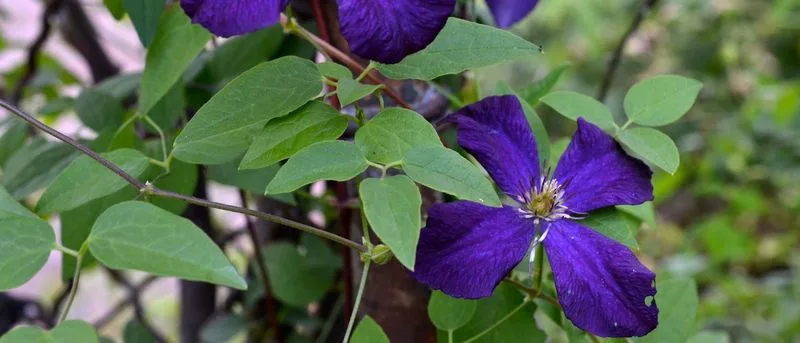
Flowering vines can charm any landscape, but misguided cutting diminishes their appeal. Instead of drastic pruning, trim lightly and remove spent blooms.
Envision vines gracefully entwining structures, achieved by selective pruning. This allows them to flourish, adding vertical interest to your garden.
Flowering vines, with their graceful allure, transform spaces into enchanted retreats. Pruning them with precision ensures their continued elegance, contributing to a fall garden that’s both inviting and vibrant.
Failing to Prune Ornamental Grasses
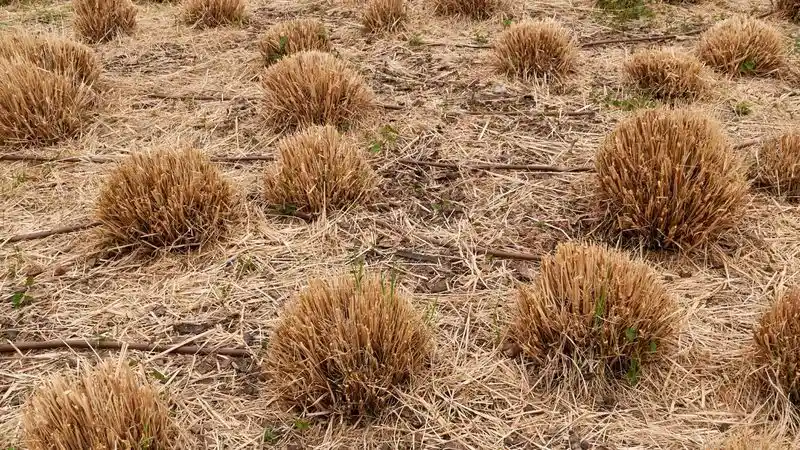
Ornamental grasses offer movement and texture to gardens. Failing to prune them can lead to untidy displays. Trim back old growth in late winter or early spring.
Imagine a garden where every element dances with the breeze, maintained through timely pruning. These grasses serve as a canvas, painting your garden with dynamic strokes.
Ornamental grasses, like whispers of the wind, require attention to maintain their form. Pruning them allows their natural beauty to take center stage, enhancing the garden’s autumnal charm.

